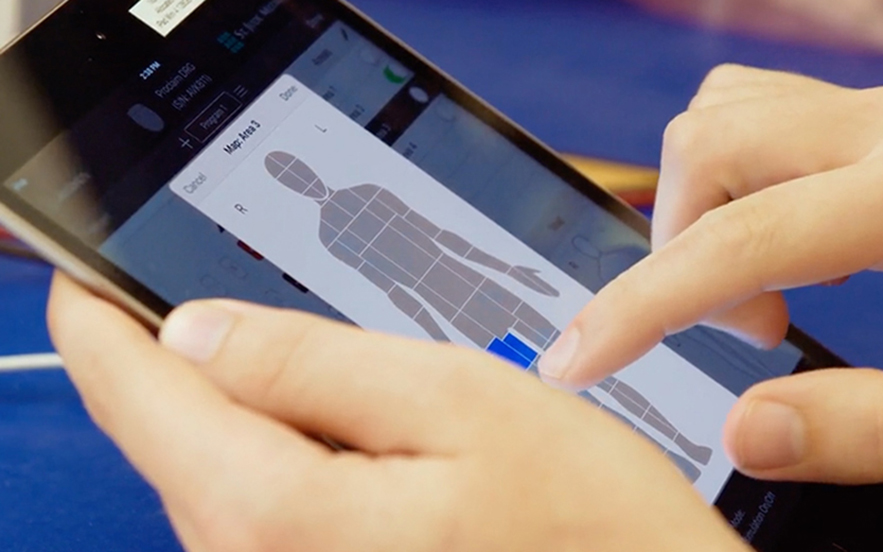About Neurostimulation Therapy
Neurostimulation works by altering pain signals as they travel to the brain. It is a pain management therapy that delivers electrical stimulation to the spinal cord, dorsal root ganglion (a cluster of nerve cells in a dorsal root of in the spinal cord) and brain. Using an implantable device, or neurostimulator, this treatment aims to reduce the user's perception and experience of certain types of pain inside the body.
Dorsal root ganglion (DRG) therapy helps users manage difficult-to-treat chronic pain limited to the lower extremities in patients with Complex Regional Pain Syndrome (CRPS). It can provide profound relief to those suffering from pain following hernia, knee replacement, and amputation surgeries.
Spinal cord stimulation (SCS) has been used for more than 40 years. It helps control chronic pain in the arms, legs and back resulting from failed back surgery or nerve damage. With SCS, a small, implanted device uses electrical stimulation to change pain signals and pain perception in your body.
Try Before You Buy
Unsure of making a commitment to these treatments? Both of these therapies offer a unique benefit: You can try it with a temporary neurostimulation system before committing to a permanent implant of the device.
In a minimally-invasive procedure, your doctor would place stimulation leads right beneath your skin beside the nerve or nerves responsible for your neuropathic pain. You would then wear a temporary, external device under your clothing to power the electrical stimulation that disrupts the pain signals.
If you respond well to several days of the trial treatment, your doctor can walk you through permanent solutions to modulate your pain.
Other Pain Treatment Options
Over-the-counter (OTC) and prescription pain medications are commonly used to help manage pain. However, they're often not effective by themselves and may have lingering side effects.
Advanced nondrug treatments may improve your function and quality of life while relieving your pain. Many people can manage chronic pain with various therapies, including:
- Neurostimulation.
- Nerve blocks.
- Physical therapy.
- Alternative medicine, such as acupuncture, massage and meditation.
- Surgery.
Is Neurostimulation Therapy for You?
Only you and your pain specialist can determine if neurostimulation is a good option for you. If your doctor determines you have chronic neuropathic pain and you've tried other forms of pain relief with little or no success, neurostimulation therapy may be the answer.
If you suspect you have neuropathic pain and your current pain management treatment is not working, consult a pain specialist to see if neurostimulation may help. Don't let chronic pain get the better of you — you deserve to live the best life possible.







FOLLOW ABBOTT